Emergency Grants: A Lifeline for Artists Affected by Hurricanes
As hurricanes intensify, emergency grants offer essential support to artists, helping them rebuild their lives and sustain their creative work amidst disaster recovery.

In recent months, the Gulf Coast has been hit hard by an intense and destructive hurricane season. In 2024 alone, several powerful storms, including Hurricanes Francine, Helene, and Milton, have brought unprecedented flooding, wind damage, and power outages across Louisiana and Florida. For artists in these regions, the aftermath has been devastating, leaving many without studios, materials, or finished works. Emergency grants are proving to be a vital source of support, helping these artists rebuild their lives and continue creating in the wake of disaster.
Why Emergency Grants Are Crucial for Artists
Unlike other businesses, artists often lack traditional insurance to cover unique workspaces, one-of-a-kind tools, and irreplaceable works of art. When a hurricane like Helene or Milton strikes, the damage can be catastrophic for creatives who rely on their studios and supplies to make a living. Emergency grants provide critical funds for rebuilding. They cover essentials such as art supplies, temporary studio space, and even basic needs like rent and food, allowing artists to focus on recovering their creative practice.
For many artists, these grants are more than financial aid—they’re a lifeline. They enable artists to recover faster, helping them avoid the overwhelming cost of starting over after losing months or even years of work. In areas frequently affected by natural disasters, such as the Gulf Coast, having access to emergency funds can be the difference between staying in the profession and being forced to abandon it.
The Rising Demand for Art-Focused Disaster Relief
The 2024 hurricane season has shown the increased urgency for art-focused disaster relief. Here’s a look at the major hurricanes that have impacted artists this year:
Hurricane Francine (September 2024): Made landfall in Louisiana as a Category 2 storm, causing unexpected flooding in New Orleans and leaving over 400,000 people without power.
Hurricane Helene (September 26, 2024): Struck Florida’s Big Bend area as a Category 4 storm, causing widespread flooding that forced residents to evacuate and damaged countless homes and businesses, including artists’ studios in the region.
Hurricane Milton (October 2024): Shortly after Helene, Hurricane Milton intensified into a Category 5 storm, then weakened slightly before impacting areas already battered by recent storms. This back-to-back devastation underscores the need for immediate relief resources for those affected.
With each storm, demand for emergency grants rises, but funds are often limited. As climate change fuels more intense and frequent hurricanes, calls for expanded, sustainable funding for artists in disaster-prone areas are growing. Advocates argue that supporting artists post-disaster is essential, as their work contributes not only to the local economy but also to the cultural resilience and identity of their communities.
How Supporting Artists Benefits the Community
Art plays a vital role in the recovery and healing process after disasters. When artists can continue their work, they bring hope, resilience, and a sense of normalcy to communities affected by tragedy. Their pieces often document the shared experience of surviving a disaster, helping residents process and reflect on the impact of these events. By helping artists rebuild, emergency grants also aid in preserving the cultural history of regions heavily impacted by climate-related disasters.
Moreover, artists often give back to their communities by leading workshops, hosting exhibitions, and creating public works that reflect the spirit of recovery. Grants that support their recovery go beyond helping individuals—they enhance the community’s collective healing.
Emergency Grant Resources for Artists
There are specific emergency grants available to support recovery efforts for artists who have been hit hard by recent hurricanes like Helene and Milton in 2024. Here are some resources and programs designed to help artists rebuild and resume their work:
1. South Arts’ Southern Arts Relief and Recovery Fund
South Arts, an Atlanta-based nonprofit, has launched a multi-state emergency fund to provide relief for artists affected by Hurricanes Helene and Milton. The fund is open to artists across disciplines, including visual arts, performing arts, literary arts, and more. Grants start at $500 and are intended for artists across the Southeast, specifically in Florida, Georgia, North Carolina, South Carolina, Tennessee, and Virginia. In North Carolina, funds are distributed by local partners like ArtsAVL, and artists in other states can apply directly through South Arts.
2. CERF+ Emergency Relief Grants
CERF+ (Craft Emergency Relief Fund) provides emergency relief specifically for craft artists. They offer grants up to $3,000 to help craft artists cover urgent needs such as replacing essential equipment or relocating studios. CERF+ has responded directly to the recent hurricanes and provides resources that help artists with both immediate needs and long-term planning for disaster preparedness.
3. ArtsAVL Emergency Relief Grant
For artists in Western North Carolina, ArtsAVL offers emergency relief grants for those impacted by Hurricane Helene. These grants provide $500 stipends for artists across various disciplines, including music, film, choreography, and visual arts. Applications are reviewed on an ongoing basis and focus on helping artists with immediate expenses, like food, temporary housing, and essential supplies.
4. Foundation for Contemporary Arts Emergency Grants
The Foundation for Contemporary Arts offers Emergency Grants for artists facing unexpected emergencies that affect their projects. While this program is not specific to hurricanes, artists who experience disruption due to recent storms may be eligible for support. This grant covers project-related costs and can be a helpful option for artists needing to resume or complete disrupted work.
These programs provide critical support, helping artists recover essential materials, secure temporary spaces, and navigate the financial challenges brought by disaster. For artists in hurricane-prone areas, accessing these grants can make a huge difference in their ability to rebuild and continue contributing to their communities.
The Future of Art-Focused Disaster Relief
As hurricanes become more severe, there’s an increasing need for proactive and sustainable disaster relief strategies within the art world. Some organizations are exploring options like resilience training for artists, encouraging them to digitize work or establish more flexible studio setups. Expanding grant programs to cover more artists and developing year-round disaster preparedness resources could provide critical support as climate change continues to heighten the risks.
Final Thoughts
The need for emergency grants in the art world is clearer than ever. These grants don’t just help artists—they help entire communities find solace, continuity, and inspiration in the face of hardship. Supporting artists in disaster-prone areas is more than financial aid; it’s an investment in the cultural fabric and resilience of our communities.
Do you believe more emergency funds should go to artists in disaster-prone areas? Share your thoughts, and stay connected with Black Art Magazine for updates on resources available to creatives in need.
Sources: Artnet, NOAA, WUFT
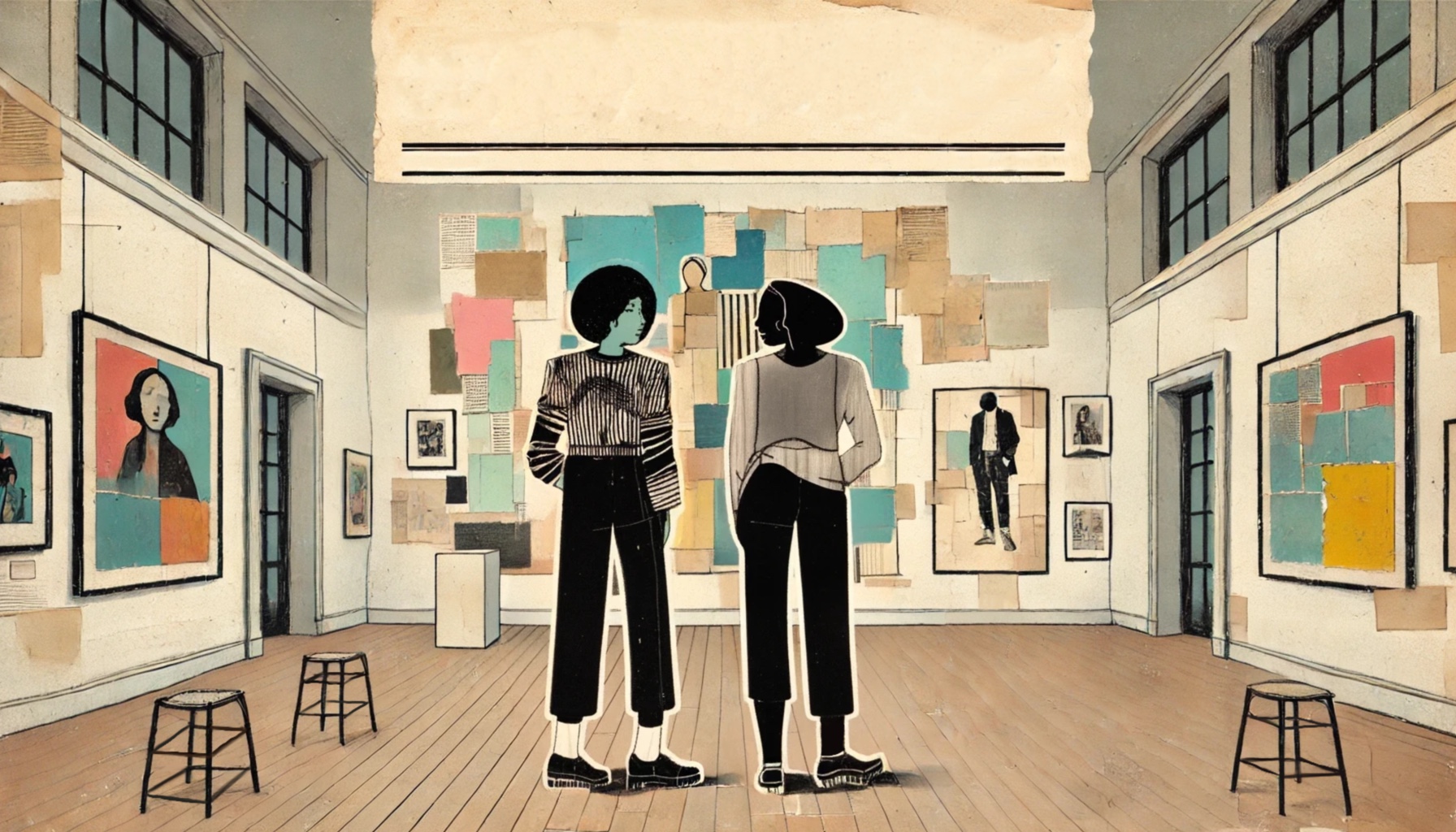 Creative Freedom vs. Copyright: The Legal Standoff Between Deborah Roberts and Lynthia Edwards on Collage Art
Creative Freedom vs. Copyright: The Legal Standoff Between Deborah Roberts and Lynthia Edwards on Collage Art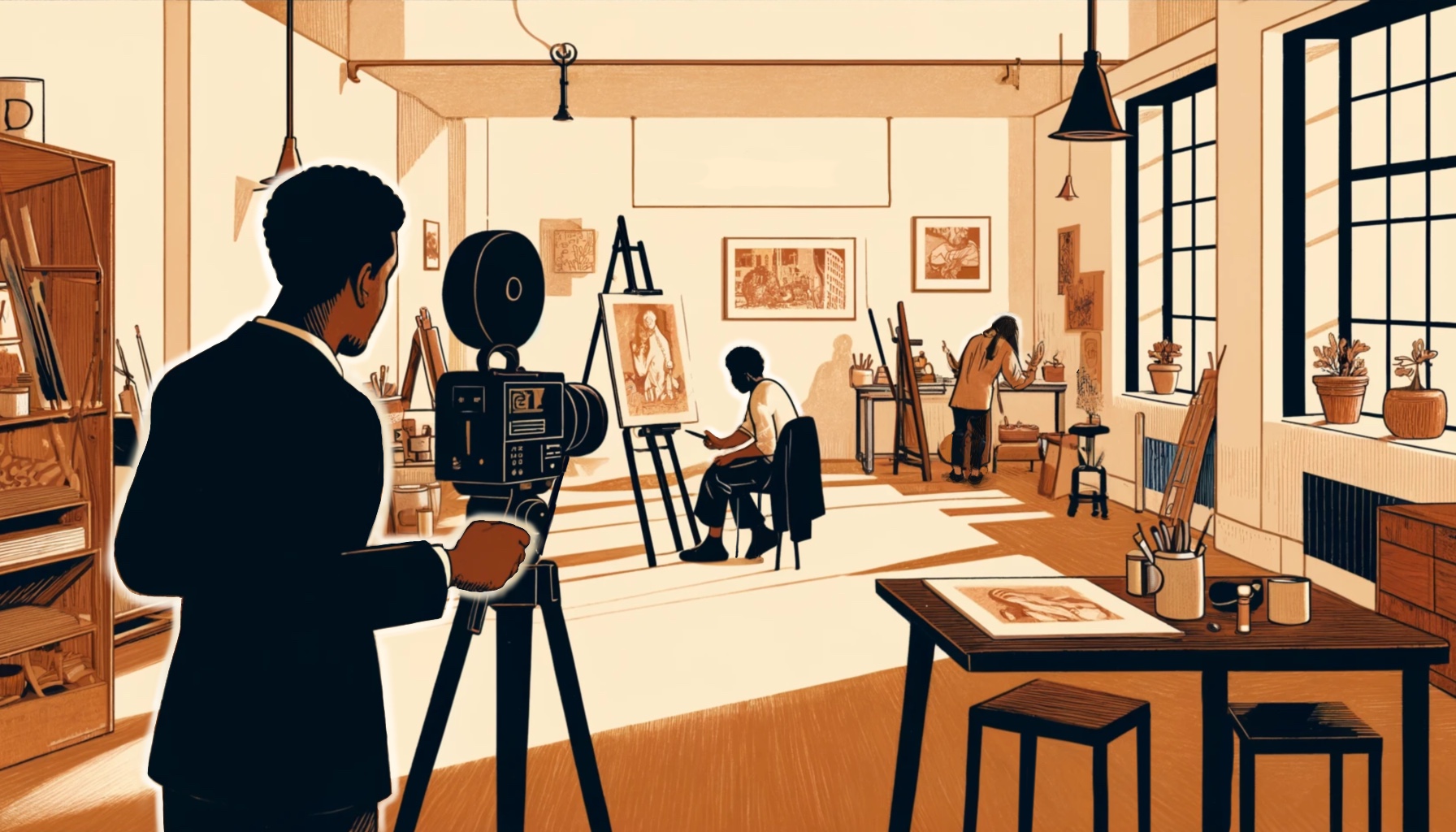 John Campbell’s ‘Who’s Behind Black Art’ Series Transforms Art Media
John Campbell’s ‘Who’s Behind Black Art’ Series Transforms Art Media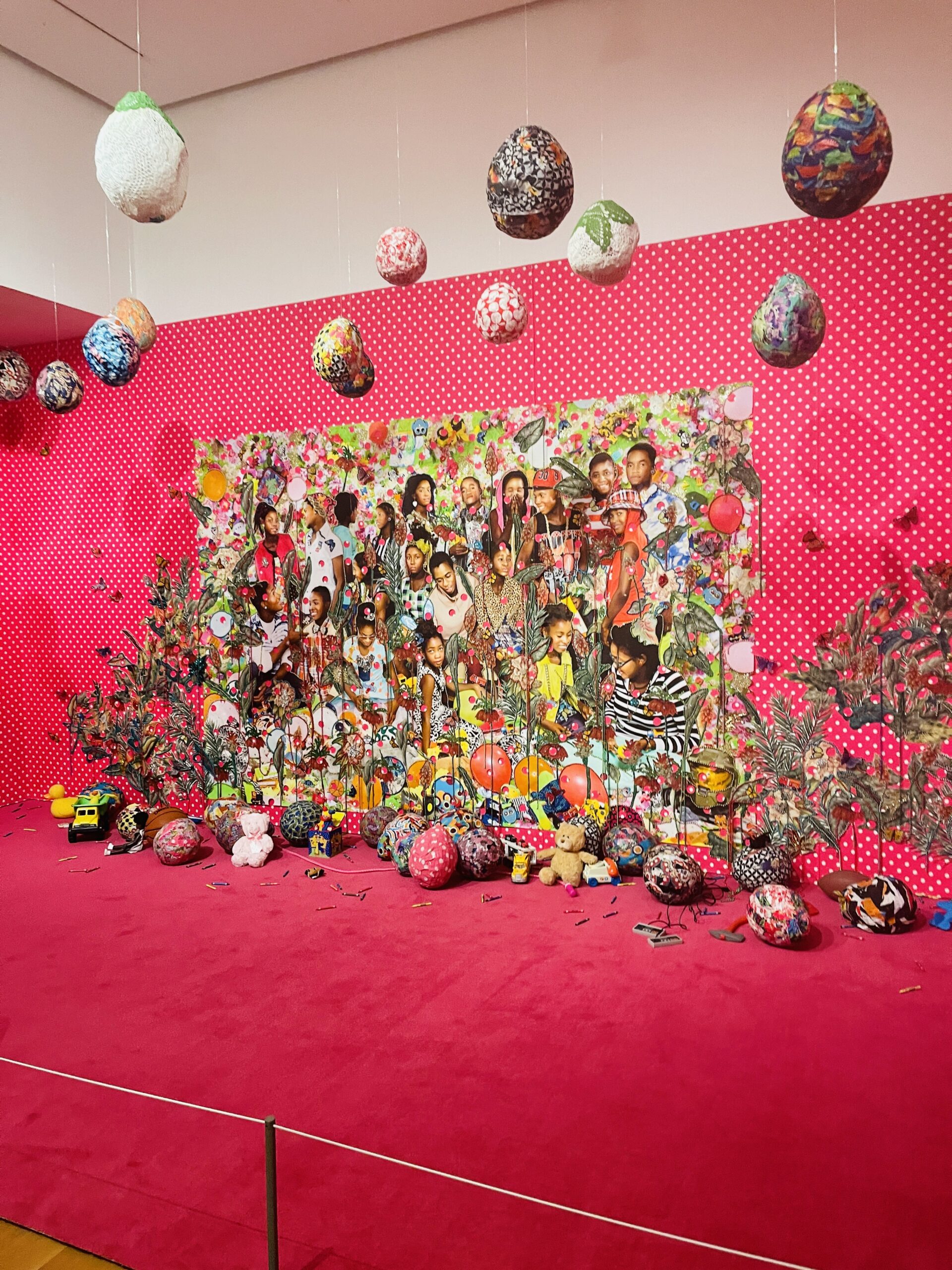 Alicia Keys and Swizz Beatz Uncover Black Art with GIANTS Exhibition
Alicia Keys and Swizz Beatz Uncover Black Art with GIANTS Exhibition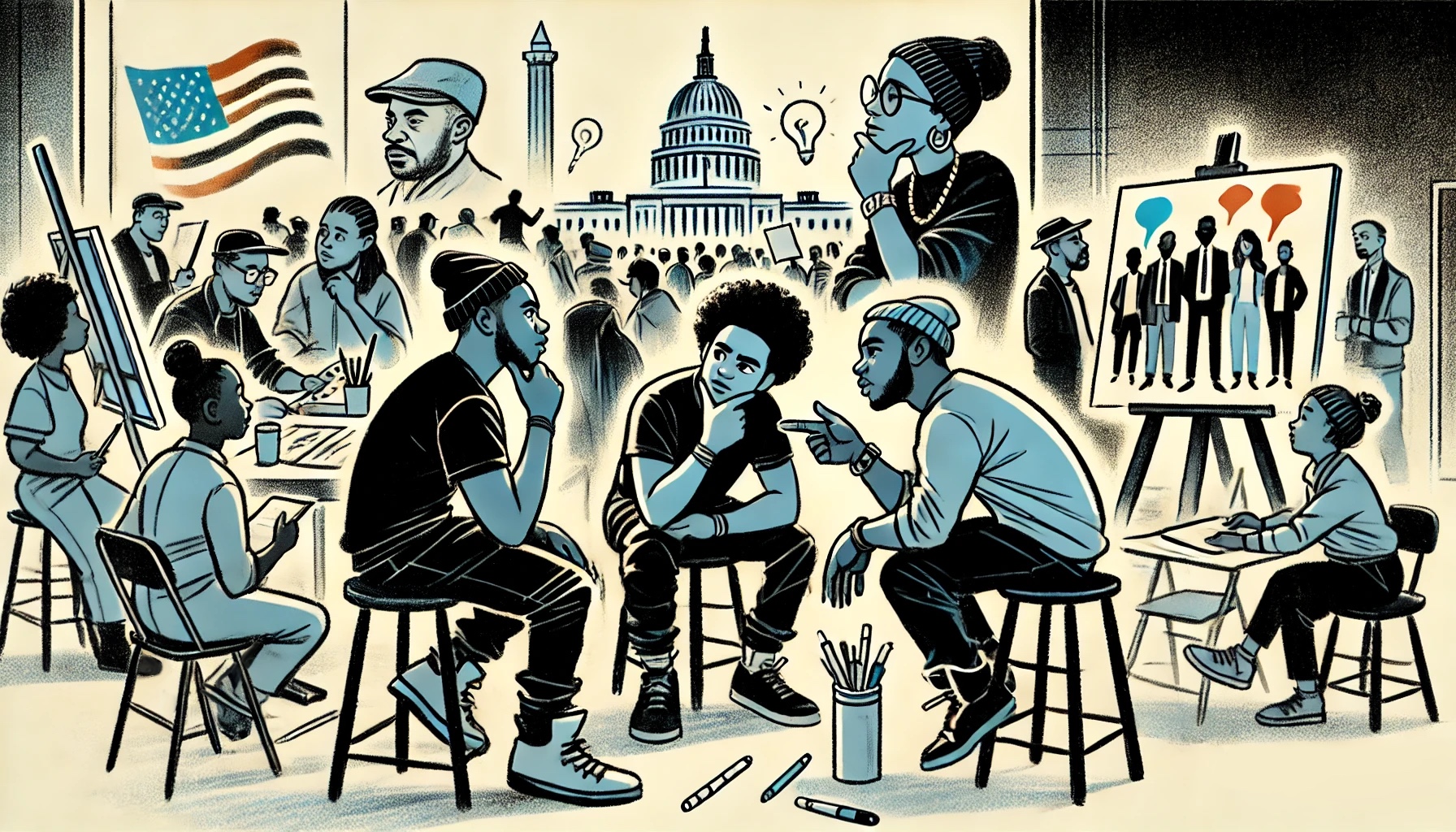 What Trump’s Return Could Mean for Creatives and the Art Industry
What Trump’s Return Could Mean for Creatives and the Art Industry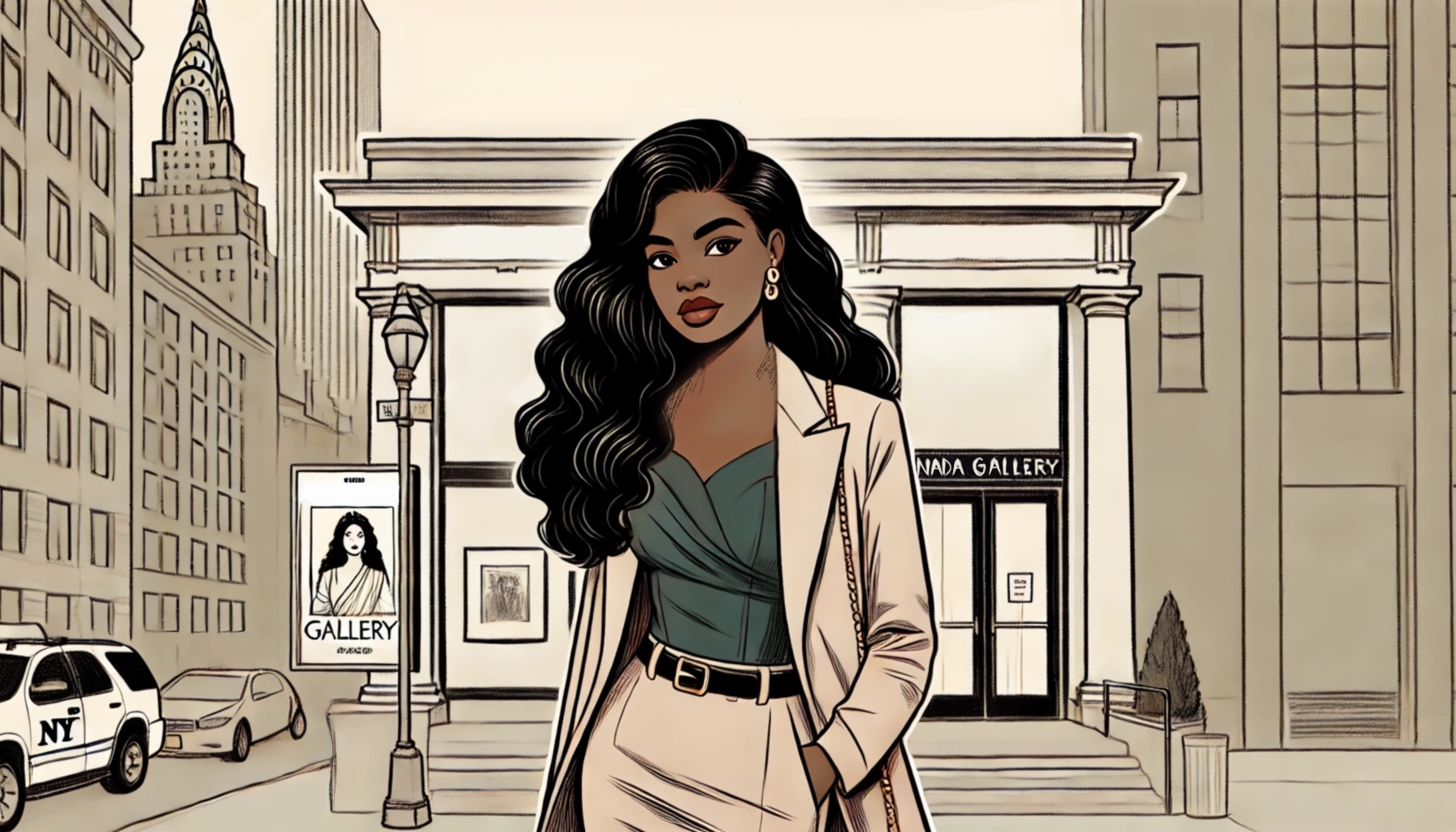 Pace Gallery’s Loss, Canada’s Gain: Senior Art Director Christiana Ine-Kimba Boyle Makes a Bold Move to Boutique Gallery
Pace Gallery’s Loss, Canada’s Gain: Senior Art Director Christiana Ine-Kimba Boyle Makes a Bold Move to Boutique Gallery

